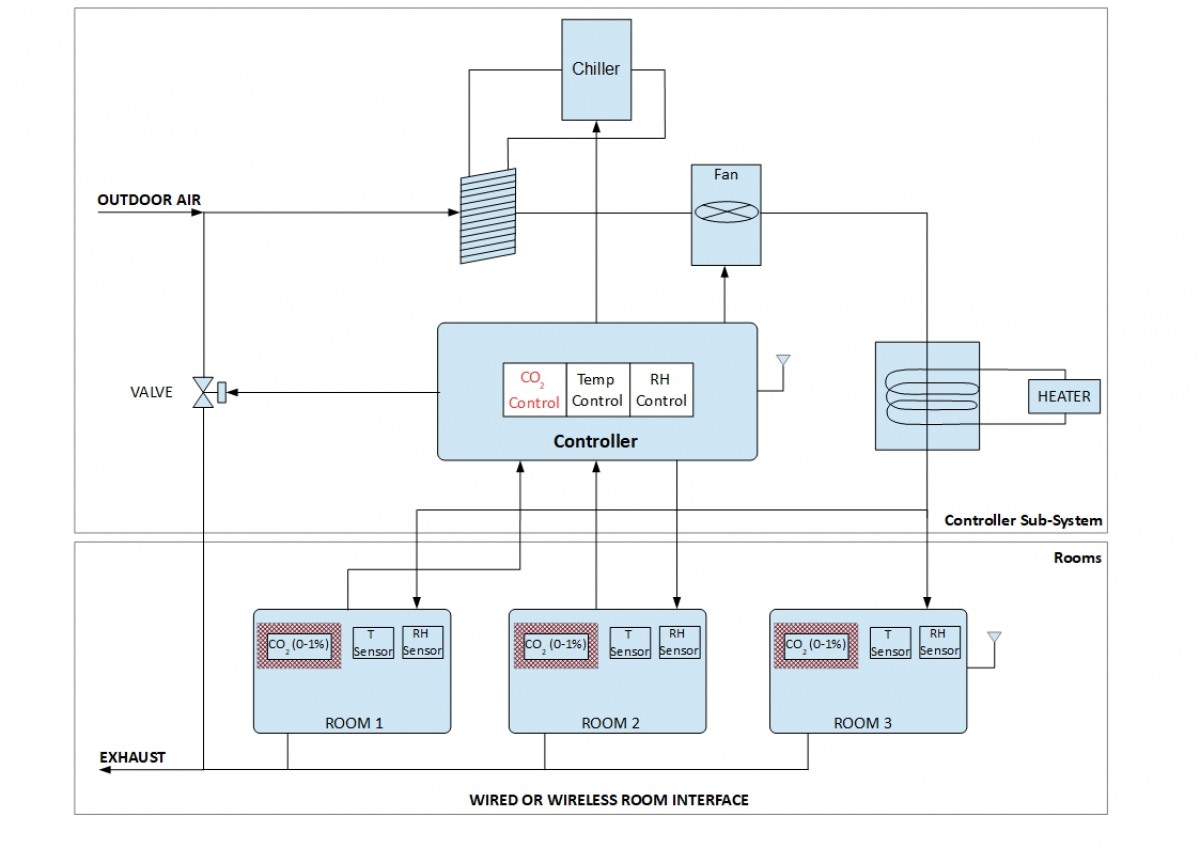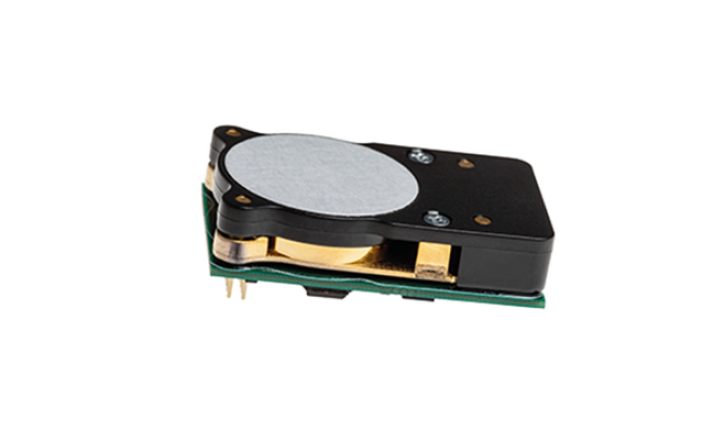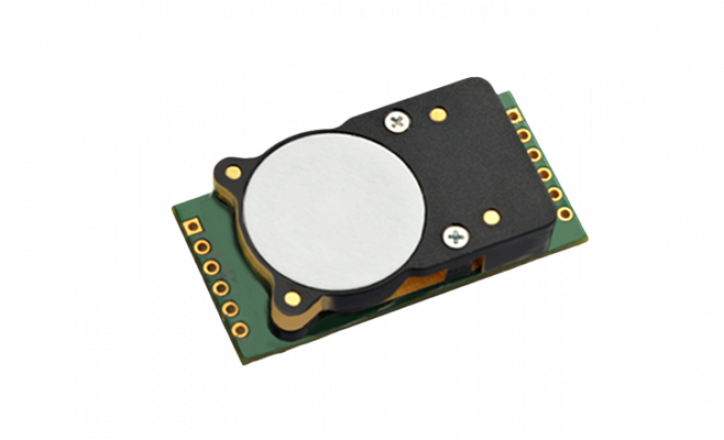Building management systems (BMS), Demand-Controlled Ventilation (DCV) systems and Indoor Air Quality (IAQ) equipment require accurate CO₂ monitoring to control air changes.
The requirement to measure air quality is being driven by several factors, including health and wellbeing, legislation, and economics. Many countries have set maximum allowable levels of CO₂ in public buildings and workplaces to improve the wellbeing of workers. Changing the air in a building to regulate CO₂ levels has an energy cost – especially if the incoming air also has to be heated or cooled. CO₂ levels are a good proxy for fresh air and can be used to check if there is enough ventilation in the building to prevent the spread of infectious diseases.
CO₂ monitoring systems often need to be installed in locations where access to mains power is limited, or its provision is costly. The ability to be able to power the CO₂ sensor for long periods of time from a battery or from energy generated using harvesting techniques is highly desirable. To reduce maintenance costs, users want the ability for the CO₂ sensor to operate autonomously for many years without user intervention.



Our most flexible ultra-low-power CO₂ sensor with a choice of UART or I²C control interfaces, digital and analogue CO₂ measurement outputs and a fail-safe digital alarm level monitor.
PDF - 492 KB
PDF - 290 KB
Gas Sensing Solutions Ltd
60-62 Grayshill Road
Westfield Industrial Estate
Cumbernauld
UK
G68 9HQ
©2024 GSS. All rights reserved.